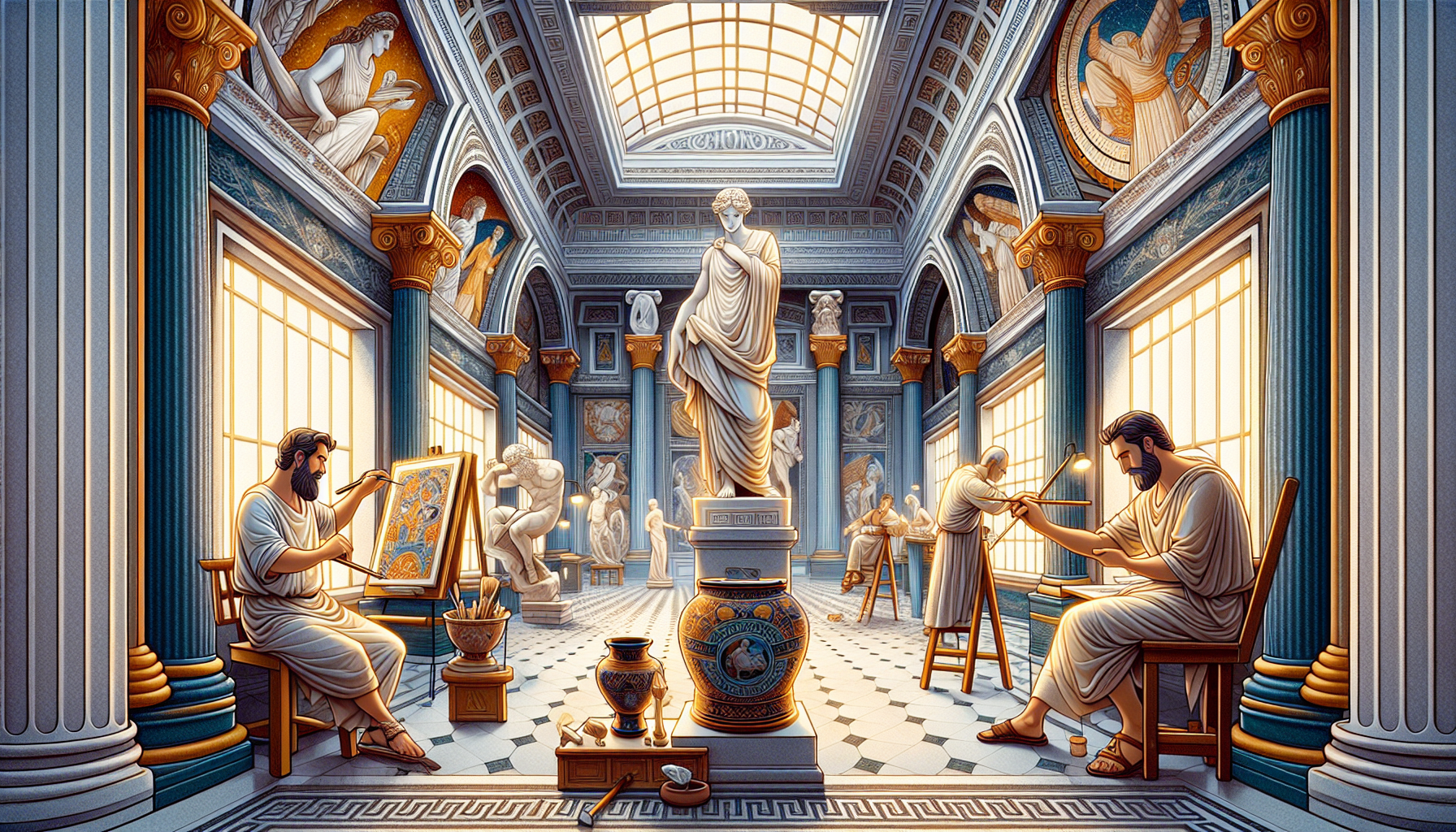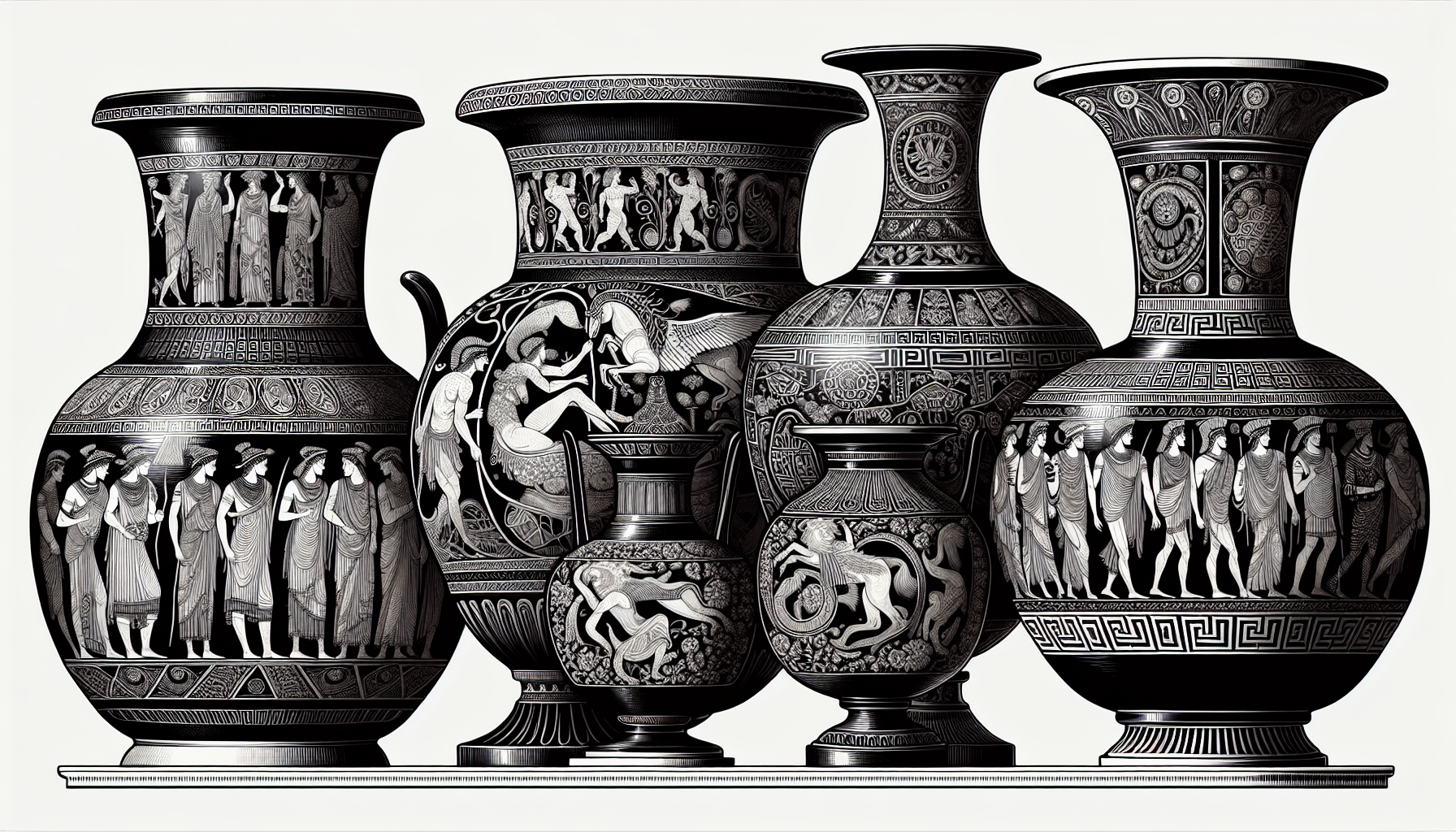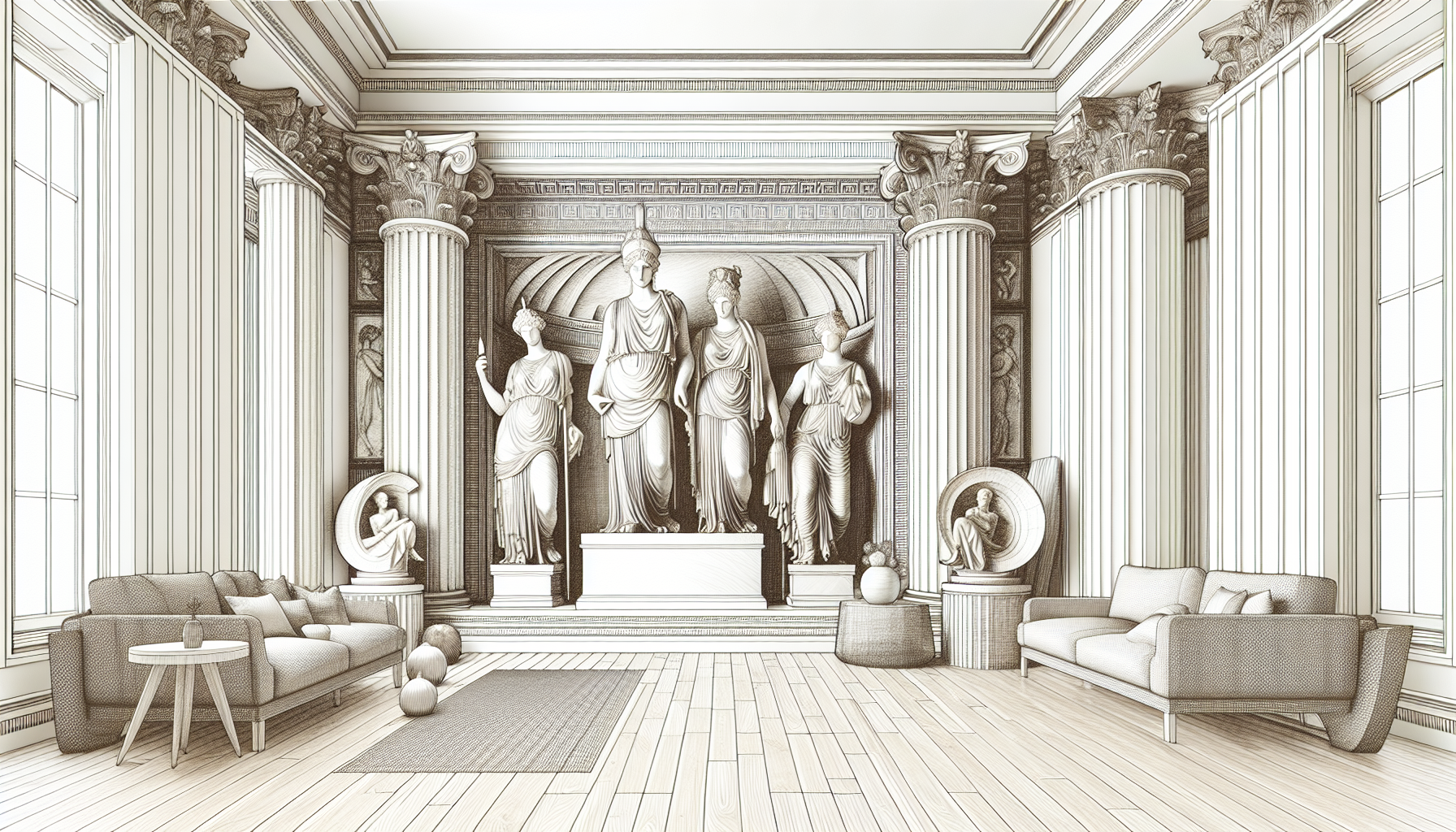Invest in British Art from Cornwall's Leading Artists | Free Worldwide Delivery
JOHN DYER
Original Paintings
New paintings available to buy online now by Cornwall's best loved artist.
JOANNE SHORT
Original Oil Paintings
New paintings available to buy online now by Cornwall's acclaimed colourist painter.
TED DYER
Original Oil Paintings
New paintings available to buy online by Cornwall's best known impressionist artist.
All Original Paintings
View all of the new original paintings that we have available to buy online now in our online gallery.
The ones you missed
View all of the recently sold original paintings by our Cornish artists John Dyer, Ted Dyer and Joanne Short.
Cornwall Art Prints
Museum-quality prints. Framed, Unframed, Signed & Wall Art Posters
September 5th - 7th 2025
Untitled Art Fair Chelsea, London
We will be exhibiting at the prestigious Untitled Art Fair, in Chelsea Old Town Hall.
June 6th - 8th 2025
St Ives Summer Exhibition 2025
New paintings by John Dyer & Joanne Short in the historic Porthmeor Studios in St Ives.
Christmas Exhibition 2024
A beautiful collection of new paintings by John Dyer & Joanne Short in the historic Porthmeor Studios in St Ives.
Explore our Previous Exhibitions
Enjoy exploring our previous exhibitions online and discover extraordinary paintings you can own today.
Press Coverage and Testimonials
Art Collectors Club.
Enjoy 5% off your first order, regular offers, exclusive exhibition invitations and artist and gallery updates in our monthly email newsletter.
Welcome to our exclusive collection of Greek artwork by our famous British contemporary artists and by famous historical artists who painted in Greece and were inspired by Greek culture. This new collection features stunning Corfu fine art prints created by artists John Dyer and Joanne Short on this famous Greek island. This unique collection of Greek prints is reproduced from the artists' original paintings and John Dyer's drawings made on location using his iPad. The prints will bring Greece's light, colours, and atmosphere into any interior.
Why does Greece artwork continue to captivate us? This article dives into the enduring allure of Greek art, known for its intricate designs and mythological themes. Discover its impact on modern decor and the artistic legacy that spans centuries.
Greek wall art remains popular in modern decor due to its historical value and timeless beauty. It often incorporates mythological themes and vibrant colours.
Renowned ancient Greek artists like Phidias and Apelles set high standards in sculpture and painting, influencing Western art with their emphasis on proportion, balance, and innovation.
Modern interpretations of Greek art, blending classical themes with contemporary styles, continue to captivate and inspire art lovers, showing the lasting legacy of Greek culture.

Greek wall art is a testament to the enduring beauty and historical significance of ancient Greece. The intricate designs, mythological themes, and vibrant colors used in these artworks have fascinated audiences for centuries. From the detailed frescoes of ancient homes to the captivating murals that adorn modern interiors, Greek wall art continues to be a popular choice for home decor.
We’ll dig into the artistic legacy of ancient Greece and examine how these timeless pieces have made their way into modern homes.
The classical Greek art of the fifth and fourth centuries B.C. is celebrated for its emphasis on proportion, balance, and harmony. Greek artists of this era, such as those who worked on the Parthenon, created a style that conveyed both vitality and a sense of permanence. Athens, a major centre of art and culture, saw significant architectural projects like the Parthenon, symbolising Greek ideals through calculated geometric harmony. These structures were not just feats of engineering but also art masterpieces that reflected the city’s political and economic power.
Greek vase paintings also provide a window into ancient Greece's daily life and mythology. The decorations on vases, often depicting heroic and mythological themes, offered insights into Athenian life and complemented literary texts and inscriptions from the Archaic and Classical periods.
Although Hellenistic paintings have not survived the test of time, the sculptures and historical descriptions from that era continue to influence and inspire Western art.
Incorporating Greek wall art into modern home decor has become increasingly popular due to its timeless beauty and historical value. Modern interpretations of Greek art, such as Matisse-inspired prints and line drawings, have found a place in contemporary homes, adding a touch of classical elegance. Positive feedback from homeowners about specific Greek art prints reflects their popularity and visual appeal in various settings.

Celebrated British artist John Dyer has been inspired by the island of Corfu in Greece, and his exclusive collection of Greece artwork includes:
Stunning Corfu fine art print collection
Artwork that brings the light, colours, and atmosphere of Greece into many interiors
iPad drawings of Greece and original paintings

Dyer, the best-known contemporary artist in Cornwall, has gained worldwide recognition through his numerous art prints, posters, and exhibitions. His work celebrates the song of life.
Using my iPad and the app Procreate, I can capture the feel of any location and react to and draw the landscape spontaneously. I have created new artworks worldwide using this technique, including in theAmazon rainforest,Corfu, andBorneo. I use my custom-designed brushes in the app, which use the texture and shapes from my acrylic brush strokes. I also enjoyed working with digital pencils and watercolours for this new series of Greek drawings of the island of Corfu.

Greek art is replete with the works of renowned artists who have left an indelible mark on art history. From Phidias's grand sculptures to Zeuxis's expressive paintings, these artists have created masterpieces that continue to inspire and captivate. We’ll examine some of the most emblematic figures from the Classical and Hellenistic periods, focusing on their contributions to art.
Apelles of Kos, the official artist for Philip II of Macedon and Alexander the Great, is famed for his innovative colouring techniques and lifelike portraits. His mastery in capturing the essence of his subjects set a high standard for portraiture in the Classical period. Euphranor of Corinth, another notable artist, excelled in painting and sculpture, creating works celebrated for their beauty and precision.
Phidias, renowned for his work on the Parthenon and the Statue of Zeus at Olympia, is considered one of the greatest sculptors of ancient Greece. Apollodorus, nicknamed ‘skiograph’ or ‘shadow painter,’ was the first to depict shadows and use halftones, adding depth and realism to his paintings. These artists contributed to the rich tapestry of Greek art and set the foundation for future generations of artists.
Hellenistic sculptors are celebrated for their dynamic and dramatic styles, which capture intense emotion and movement. The Winged Victory of Samothrace, a notable example, is revered for its depiction of the Greek goddess of victory. It showcases the technical virtuosity and intricate designs characteristic of Hellenistic art. The Laocoön and His Sons sculpture is another masterpiece that embodies the dramatic flair and emotional intensity of this period.
These sculptors pushed the boundaries of artistic expression, creating works that reflected the physical form and conveyed a more profound sense of emotion and narrative. Their contributions have left a lasting legacy, influencing countless artists and continuing to be celebrated in museums and galleries worldwide.
Greek wall art encompasses a wide range of styles, from the geometric patterns of the Archaic period to the naturalistic forms of the Classical and Hellenistic periods. These styles often depict mythological scenes, daily life, and significant historical events, offering a glimpse into the world of ancient Greece.
We’ll examine the intricate illustrations of vase painters and the modern interpretations by current Greek artists.

Red-figure and black-figure techniques were prominent in Greek vase painting, each offering distinct stylistic features. Red-figure vase painting was invented around 530 B.C., which allowed for more naturalistic representations using glaze lines or dilute washes applied with a brush. In contrast, black-figure vase painting involved applying a slip that turned black during firing, with details created by incising the slip or adding white and purple enhancements.
The firing process for red and black figure vases involved three stages: oxidizing, reducing, and reoxidizing, which controlled the air and smoke in the kiln to achieve the final colours. Vases were often made in specific shapes, such as amphorae for storing wine, hydria for drawing water, and kylikes for drinking. These functional yet beautifully decorated pieces offer insights into ancient Greece's daily life and customs.
Depictions of Athenian drama were also popular subjects for pottery, especially in southern Italy and Sicily. The detailed illustrations on these vases served decorative purposes and acted as storytelling mediums, preserving the rich narratives of Greek mythology and daily life for future generations.
Contemporary Greek artists often blend classical themes with modern techniques, creating a unique fusion of old and new. These modern interpretations pay homage to the rich artistic heritage of ancient Greece while incorporating contemporary styles and mediums.
The result is a vibrant and dynamic body of work that continues to captivate and inspire art lovers worldwide.
Greek sculptures can add a touch of classical elegance to any home decor. From grand statues to small busts, these artworks can be integrated into various spaces to create a focal point or enhance the overall aesthetic.
We’ll uncover some strategies for incorporating Greek sculptures into your home and appreciate the influence of Roman copies in preserving these masterpieces.
Ancient Greek art significantly influenced Roman art, particularly in sculpture and architecture. Roman artists often created copies of Greek sculptures, which played a crucial role in preserving the legacy of Greek art. These copies not only made Greek art accessible to a broader audience but also showcased the technical skills and artistic achievements of ancient Greece.
Many Roman copies of Greek statues are considered masterpieces in their own right. They showcase the realistic depiction of human anatomy and the artistic importance of Greek sculpture. The influence of these works can be seen in many modern art forms, highlighting the enduring legacy of Greek art.

Polykleitos’ Doryphoros (Spear-Bearer) is celebrated for embodying the ideal male form, showcasing the principles of balance and proportion central to Greek art. Praxiteles, another renowned sculptor, introduced the first life-sized female nude statue, the Aphrodite of Knidos, which became a symbol of beauty and grace.
The busts of Aristotle and Hippocrates are popular choices for home decor, symbolizing wisdom and the foundations of modern medicine, respectively. Greek-inspired design elements, such as marble and plaster rosettes, continue to resurgence in modern interiors, offering a timeless appeal that blends seamlessly with contemporary styles.
The quality and craftsmanship of Greek artwork are unparalleled, with artists utilizing high-quality materials such as:
Marble
Terracotta
Bronze
Gold
Silver
Glass
These materials and meticulous craftsmanship contribute to Greek art's durability and aesthetic appeal.
We’ll examine the use of marble and wood in Greek sculptures and value the meticulous attention to detail that characterizes Greek art.
Most surviving ancient Greek sculptures were made of marble or high-quality limestone, meticulously carved by hand with metal tools. Marble and bronze were favoured for monumental works due to their ease of formation and remarkable durability. These materials allowed artists to create intricate and lifelike sculptures that have endured through the ages. Additionally, wood was used for internal structural elements in some large sculptures, providing support and stability to these masterpieces.
Large acrolithic sculptures, for instance, used marble for the head and exposed parts, while the clothed parts were often constructed from wood. Pentelic and Parian marble, known for their high quality, were highly prized in ancient Greece and used extensively in sculpture. The combination of these materials and the skill of Greek sculptors resulted in artworks that are still admired for their beauty and craftsmanship today.
Greek sculptures were masterfully crafted and meticulously decorated, often involving painted details and authentic jewellery. Although most pigments have worn away over time, these painted details added vibrant colours and lifelike qualities to the sculptures. Based on balance and proportion, the Greek concept of beauty influenced countless artists through the centuries and became a foundational principle in Western art.
Greek culture emphasized harmony, balance, and proportion, which is evident in their art and architecture. Their sculptures meticulously applied these principles, producing works that exude a sense of order and perfection. The attention to detail in Greek art is a testament to the skill and dedication of its artists, making these works timeless treasures that continue to inspire and captivate audiences.
Greek culture played a pivotal role in shaping the arts, with its philosophical and cultural principles profoundly influencing artistic expression. The concept of ‘techne,’ meaning skill, was central to Greek art, emphasizing the mastery and craftsmanship of the artists.
We’ll consider how Greek cities functioned as artistic hubs and understand the impact of ancient literature on Greek art.
After defeating the Persians, Athens emerged as a significant political, economic, and cultural centre in Greece, significantly influencing the artistic direction of other Greek cities. The city’s vibrant intellectual environment, bolstered by schools of philosophy and mathematics, fostered artistic innovation and creativity. The school at Sikyon in the Peloponnesus, one of the first artistic schools, exemplified the emphasis on learning and creative development in Greek cities.
Other Greek cities also contributed to the flourishing of art, each adding its unique touch to the collective Greek artistic heritage. These cities were centres of commerce and politics and hubs of cultural and creative exchange, where ideas and styles were shared and refined. The collaborative and competitive spirit among these cities led to the creation of some of the most iconic artworks in history.
Ancient Greek literature, particularly Homer's epic poems, provided rich narratives that inspired various forms of visual art. The themes of heroism, adventure, and mythology in works like the Iliad and the Odyssey were frequently depicted in Greek sculpture and pottery, offering a visual representation of these timeless stories. These literary works provided a wellspring of inspiration for Greek artists, who translated these narratives into compelling visual forms.
The works of playwrights like Aeschylus, Sophokles, and Euripides also profoundly influenced the visual arts. Their dramatic themes and complex characters are expressed in the detailed illustrations on vases and the dynamic poses of sculptures. The interplay between literature and visual art in ancient Greece created a rich cultural tapestry that continues to resonate through the ages.
Greek art is prominent in major museums worldwide, showcasing its artistic importance and enduring appeal. These collections span from the Neolithic period to the Roman era, offering a comprehensive view of Greek artistic achievements.
We’ll investigate the extensive collections of Greek art at the Metropolitan Museum and value the exhibits in France and beyond.
The Department of Greek and Roman Art at the Metropolitan Museum, formally established in 1909, houses more than thirty thousand works, illustrating the extensive presence and importance of Greek art. The Leon Levy and Shelby White Court displays Hellenistic and Roman art in a stunning two-story atrium, offering visitors a grand view of these masterpieces. The Mary and Michael Jaharis Gallery, with its grand barrel-vaulted design, is ideal for exhibiting large-scale marble sculptures, providing an immersive experience for art enthusiasts.
These collections not only showcase the artistic prowess of ancient Greece but also highlight the cultural and historical significance of these works. The meticulous curation and presentation of these artworks allow visitors to appreciate the depth and breadth of Greek art, making the Metropolitan Museum a must-visit destination for art lovers.
French museums, such as the Louvre, offer valuable insights into Greek funerary customs and showcase a diversity of artistic styles and historical periods. These exhibitions highlight the richness of Greek art and its influence on various cultures. Expanding beyond French borders, Greek art exhibitions gain international acclaim, with exhibits in renowned museums worldwide.
These global exhibits ensure that the legacy of Greek art continues to inspire and educate audiences everywhere.
In summary, Greek art continues to captivate and inspire with its timeless beauty and historical significance. From the detailed illustrations of vase painters to the dynamic sculptures of the Hellenistic period and the modern paintings and drawings of contemporary artists like John Dyer, Greek art offers a rich tapestry of cultural and artistic achievements. Incorporating these masterpieces into your home can add a touch of classical elegance and timeless appeal. Whether through fine art photography or modern interpretations, the legacy of Greek art endures, offering endless inspiration. Embrace the beauty of Greek art and let it transform your space into a celebration of history and creativity.
Greek wall art is timeless because of its intricate designs, mythological themes, and vibrant colours, which have fascinated people for centuries.
Roman copies greatly influenced the preservation of Greek art by making it more widely accessible and highlighting the realistic representation of human anatomy.
Some of the most famous Greek artists from the Classical period are Phidias, Apollodorus, Apelles of Kos, and Euphranor of Corinth. They made significant contributions to ancient Greek art.
Greek sculptures were commonly made of marble, high-quality limestone, and bronze, with wood used for internal structural elements. This allowed for the creation of intricate and durable art pieces.
You can incorporate Greek art into your home decor by placing sculptures in entryways, using busts as paperweights, or integrating Greek-inspired design elements with contemporary furniture. Add a touch of ancient elegance to your living space!
Explore our main art collections to find perfect original paintings, limited edition signed prints, open-edition prints, wall art prints and posters & artist designed gifts.
N.B. If you don’t see your confirmation email shortly, please check your spam or junk folder.
A stunning picture that was efficiently delivered to Amsterdam in a very short time frame.
From order to delivery the process was fast and efficient, especially as it was to the Netherlands.
Loved this case for my new iPhone 16 pro - it makes me smile and the vibrant colours are just gorgeous
Love it. So cheering on these dark days of winter. Thank you John.
I was looking for a print of st ives and came across John dyers work . I particularly like the colours and style of this piece , especially the fat seagulls . It’s complete fun in a frame and reminds us of happy days spent at the harbour
The print is fabulous, beautiful and my sister will love it. Thank you
Really like this picture as it brings brightness to our kitchen diner. We framed it with a white border and blue second border. Looks amazing
We love John’s pictures of France. We already have an original of Nice but bought this poster as it brings back so many wonderful memories.
Superb communication and attentiveness from gallery. The poster is of course wonderful.
Love this print - bright, sunny and makes one feel warm and happy!
Delivery was all easy and straightforward. Many thanks.
The print is even better in real life. It’s printed on beautiful quality paper which makes the colours really pop and the painting itself is simply charming. It brings so much joy to us. We love it! Thank you
A lovely art print bought as a memory of our holidays on the beautiful Isles of Scilly.
The frame is very well made and displays the art print beautifully. Ordering from John Dyer Gallery was simple and delivery swift. I would not hesitate to order from them again.
Thank you so much for the amazing customer service, and most beautiful painting of our favourite place
Absolutely beautiful painting. So thrilled with it. Completely amazing service: beautifully packaged, framed and safely delivered really quickly.
Lovely picture, bought 3 after our recent trip to Cornwall. Already thinking of getting more.
Have walked this coastal path from St Agnes to Chapel Porth and back countless time. I am now pleased that this fabulous print is the first thing I see every morning. Beautiful, happy colours. Nice frame. I’m now planning of ordering one of Mount’s Bay by same artist.




